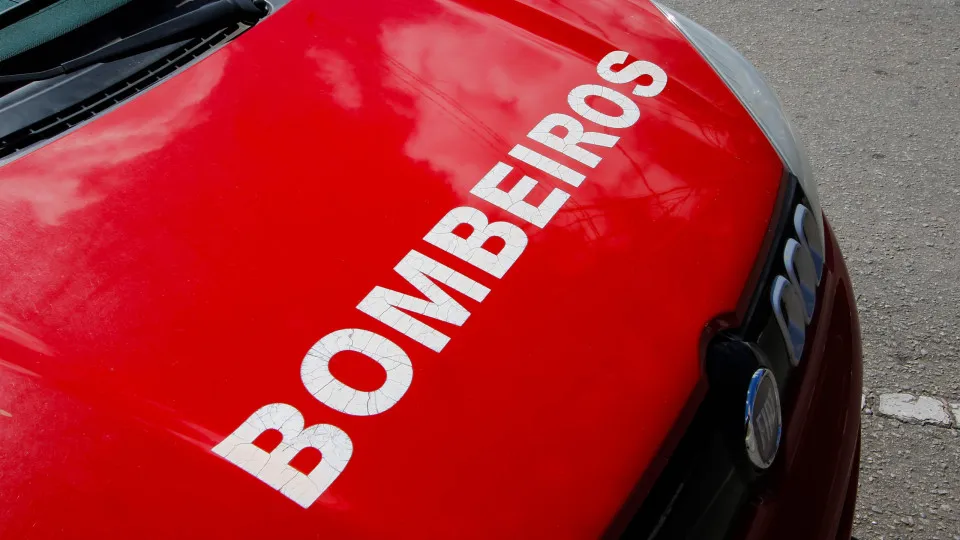
The depression named Cláudia has caused numerous incidents across the country, leaving many drivers with damaged vehicles due to the severe weather. This raises the question: are damages caused by floods or falling trees covered by insurance, and who is responsible for the costs?
In principle, “it is up to municipalities to maintain their public property, including trees in public spaces, so generally, citizens can only claim compensation if they can prove that the municipality neglected the maintenance of the tree that fell onto their vehicle.”
This explanation was provided by DECO PROTeste in October 2023, following a storm that caused significant damage nationwide: “In such cases, the situation should be recorded in a police report, and authorities should be called to the scene. Gather as much evidence as possible, such as photographs of the event and the previous poor condition of the tree.”
However, as in October 2023, most recent tree falls “are related to extreme weather phenomena, which have been properly flagged by Civil Protection.”
Does car insurance cover the damages?
Falling trees and landslides that occurred during the recent storm are covered under the nature phenomena coverage, which is one of several available options for individual damage in the insurance market.
This means that “only those insured who have specifically contracted this coverage can activate the insurance and receive compensation,” concluded DECO PROTeste at the time, which also applies now.
Severe Weather: Two Dead, Five Displaced, and 918 Incidents by 11 a.m.
The National Authority for Emergency and Civil Protection (ANEPC) recorded two deaths, five people displaced due to two flooded homes, and 918 incidents, with 13,000 customers still without electricity as of 11:00 a.m. today.
According to José Costa from ANEPC, two people died in Fernão Ferro, Seixal, in the Setúbal district, due to the flooding of a home, and five people were displaced from two flooded homes in Alferrarede, Abrantes.
By 11 a.m., Portugal registered 918 incidents, with 594 being floods and 140 being tree falls, he added.
The region of Lisbon and the Tagus Valley was the most affected by the depression, with 540 incidents.
In the Central region, 263 incidents were recorded.
The Northern region reported 66 incidents, the Alentejo 19, and the Algarve 31, according to ANEPC.
As of 10:30, E-REDES reported 13,000 customers affected by power outages, especially in the districts of Lisbon, Santarém, and Setúbal, according to an official company source.
By the early morning, around 20,000 customers were without power in the districts of Lisbon, Santarém, and Setúbal, according to E-REDES.
The depression Cláudia has been affecting mainland Portugal and the Madeira archipelago since Wednesday with heavy rain, strong winds, and rough seas, as reported by the Portuguese Institute of the Sea and the Atmosphere (IPMA).
In the districts of Santarém and Setúbal, IPMA issued a red alert, the most severe, for occasional heavy and persistent rain until 10:00 a.m. today.
In the districts of Portalegre, Évora, and Beja, the orange warning will be in effect until 12:00 p.m. due to the “occasional heavy and persistent precipitation.”
In Faro, the orange warning extends until 3:00 p.m. today.
The rest of the mainland and the Madeira archipelago are under a Yellow alert today.
The red alert is the most severe and is issued for extreme situations. The orange alert is issued by IPMA for “moderate to high meteorological risk situations,” while the yellow alert indicates a risk for certain activities dependent on weather conditions.




